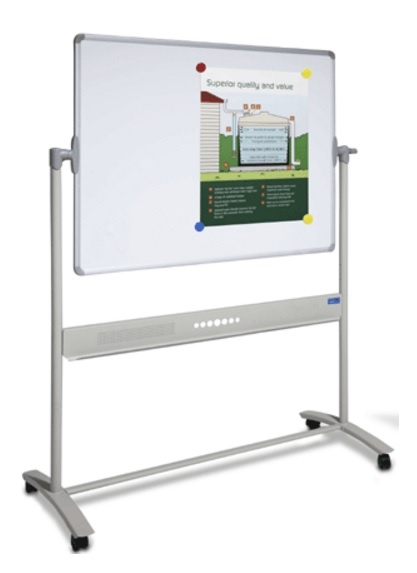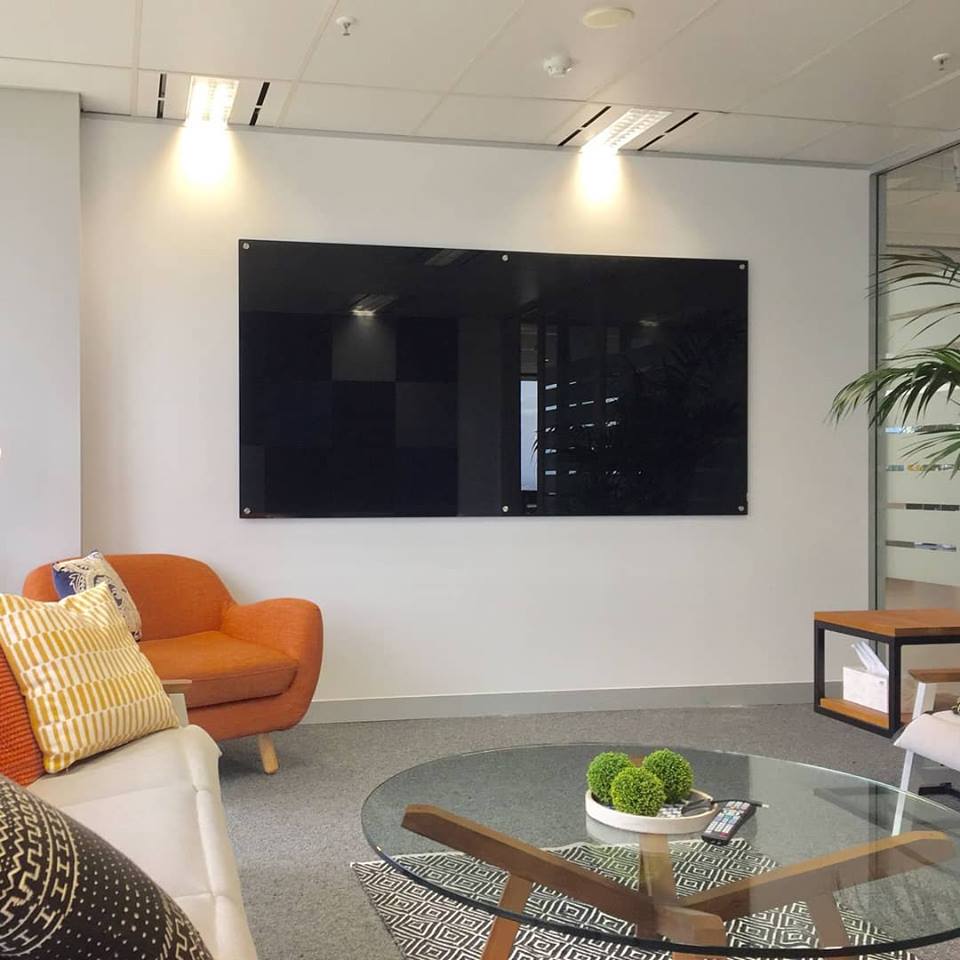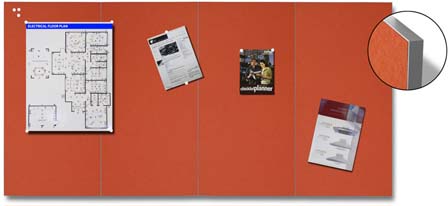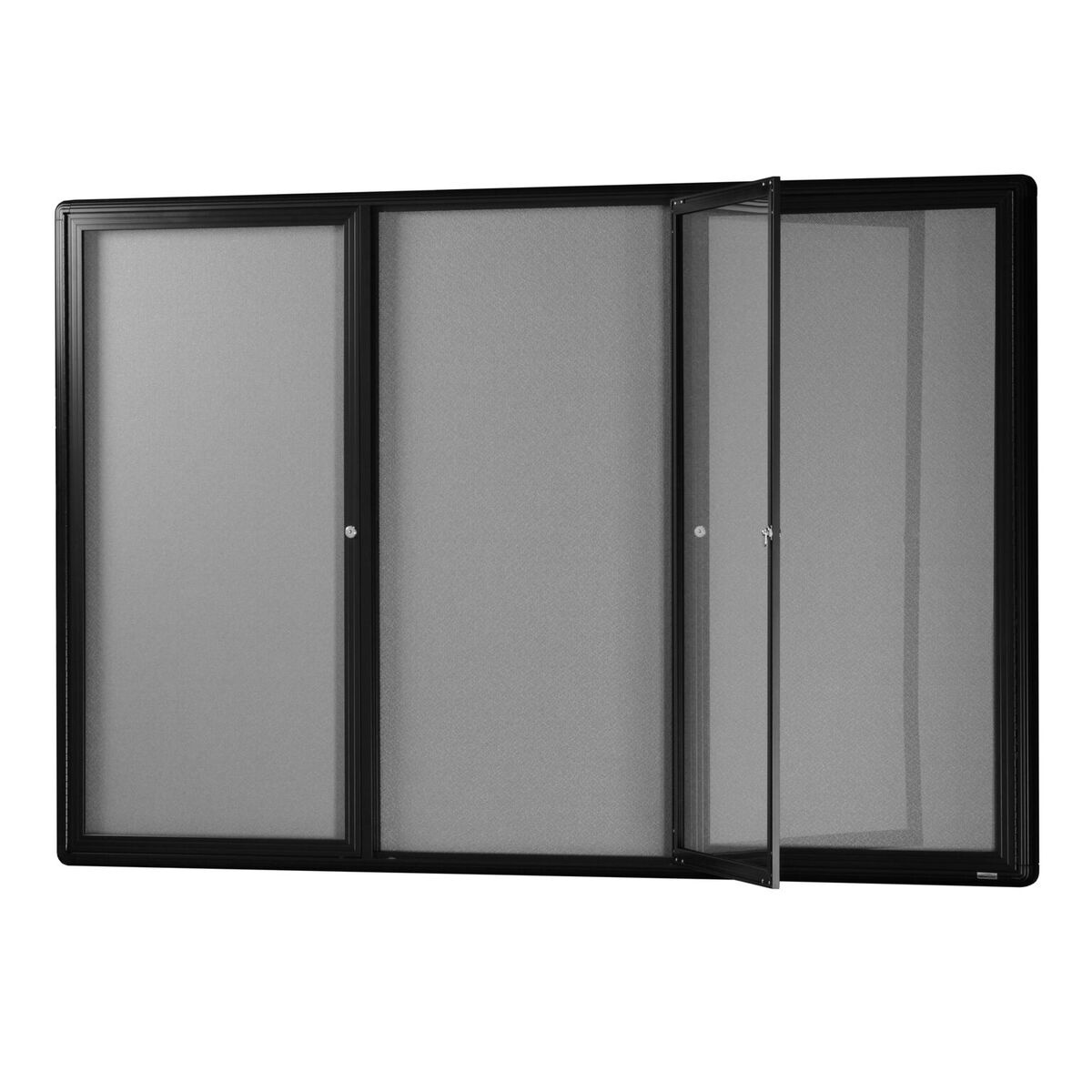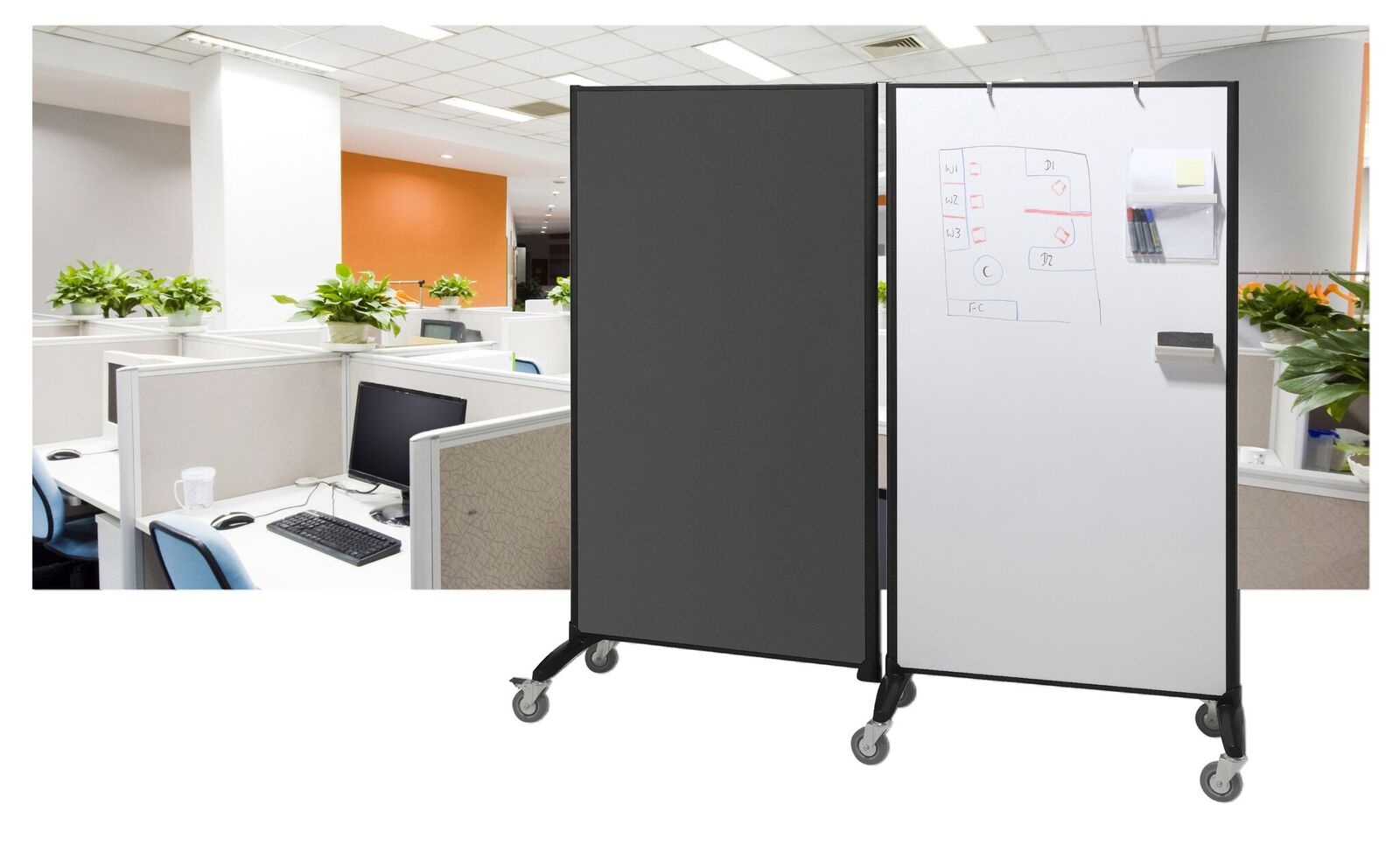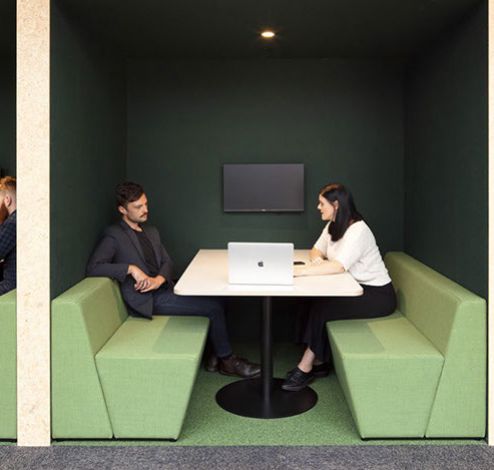How mini-whiteboards can help kids with their homework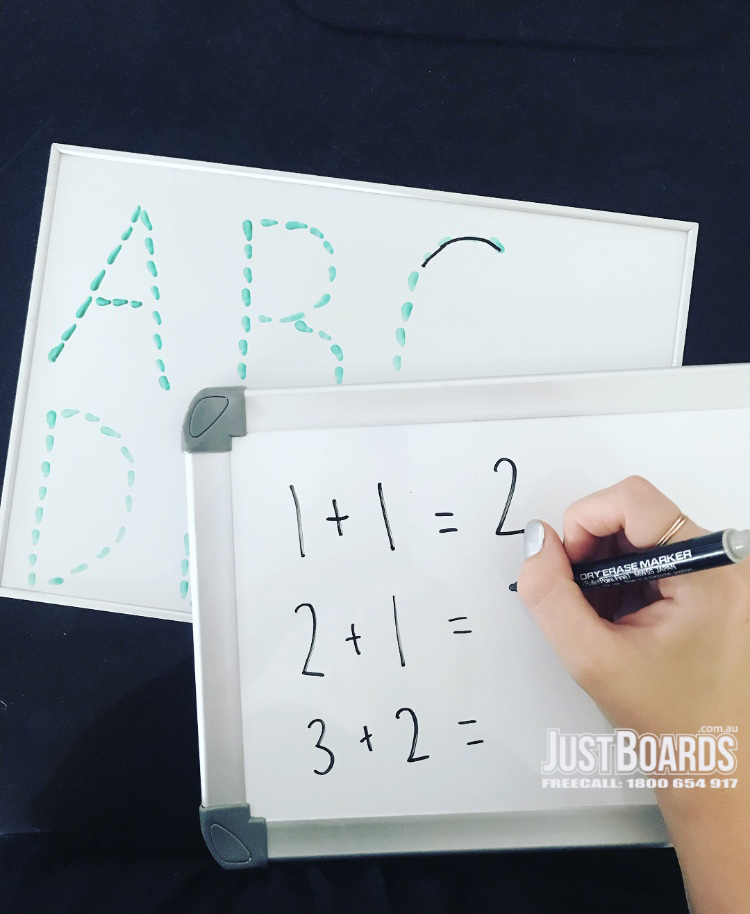
Homework is a fundamental, unavoidable and often stressful part of school life for kids.
With distractions increasing and attention spans decreasing, even the best students sometimes find it difficult to find the motivation to do their homework.
For parents with less academically minded kids, trying to get them to complete it can be an absolute nightmare.
But before you throw your hands up in despair, there are tools available that can make the homework completion war winnable – like mini-whiteboards.
Here are some specific reasons why kids don’t do their homework and how purchasing a mini-whiteboard can help.
1. 'It’s boring.'
Let’s face it, the vast majority of kids would rather be playing games on their computer, or meeting their friends, or doing a million and one other things, than doing their homework – because homework is usually seen as boring.
After all, remember that the word ‘homework’ is made up of two words, the second being ‘work’ – and how many people, young or old, like doing work? So, what can you do to motivate your unenthusiastic student?
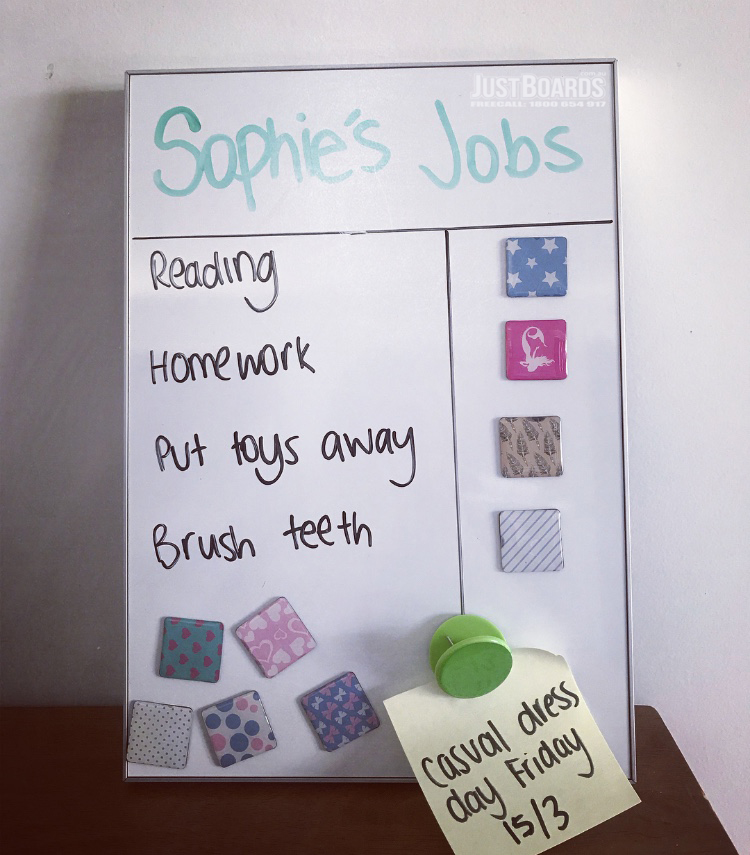 A Progress Board
A Progress Board
Hang a mini-whiteboard up in the area where homework is usually done. You can decorate it with fancy magnets and visually stimulating photos and decals – images that are of particular interest to your child.
Use the mini-whiteboard as a progress chart – you can add stars or ticks whenever a homework exercise is completed satisfactorily. Then at the end of the week, there can be a reward given.
Perhaps you could even consider giving a major reward if the child can maintain an excellent homework score over a long period of time.
2. ‘I don’t know how to do it.’
When your child says that their homework is too hard, one idea you can suggest is that they do some brainstorming and do as much as they can before you get involved with helping them.
Most types of homework tasks require some brainstorming before putting a final answer in the homework book. And mini-whiteboards are an ideal brainstorming tool.
You can use different coloured markers for different categories. You can draw pictures, charts, or simple mind maps. More important points can be written in bigger text. And you have more space to work in than a paper notebook.
Increased Parental Involvement
If your child can’t think of any ideas for a specific homework assignment, you can show them brainstorming possibilities (see above).
Completing activities together using a mini-whiteboard is much easier than on paper and it allows parents to be an important part of their child’s learning.
You can help address misunderstandings and discuss answer options together – and of course there’s the added benefit of developing a stronger relationship through regular communication.
3. ‘I forgot’ or ‘I ran out of time.’
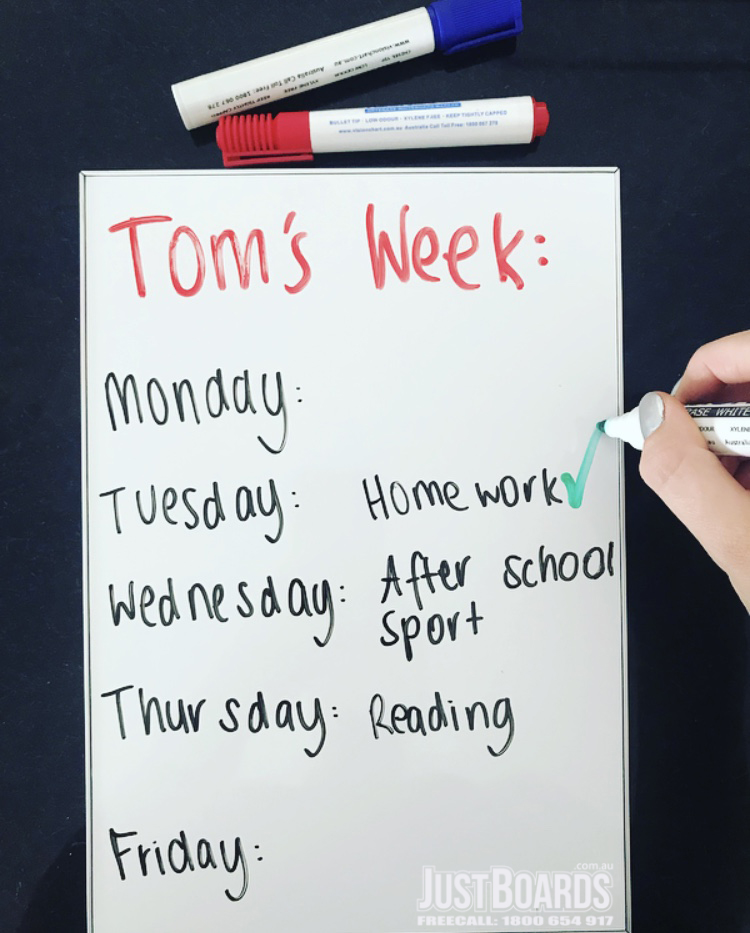 When your subconscious is constantly telling you not to do something, there’s no surprise when it doesn’t get done. Some students are what you might call serial excuse makers (‘I forgot’) or procrastinators (‘I ran out of time’).
When your subconscious is constantly telling you not to do something, there’s no surprise when it doesn’t get done. Some students are what you might call serial excuse makers (‘I forgot’) or procrastinators (‘I ran out of time’).
Unfortunately, this way of thinking can quickly become habitual, leading to lower grades and greater anxiety for everyone involved.
Weekly Schedule
The issue of poor time management can be solved by having a fixed routine. Talk to your child’s teacher and ask how much time needs to be set aside for homework each week. Use the mini-whiteboard to set up a daily homework schedule, with a certain number of hours set aside.
Then you ensure that the child sticks to the time limits each day – they would need to complete their daily homework schedule before they can watch TV or play games.
If they finish all the homework that can be completed on a particular day before the time limit is up, you could ask them to work on a larger assignment due later on, or read a storybook together.
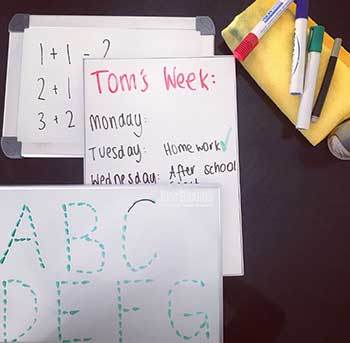 4. ‘I’m afraid of making mistakes.’
4. ‘I’m afraid of making mistakes.’
Some kids have a tendency to become highly anxious or upset about making homework mistakes. They’re worried that they’ll be embarrassed or humiliated in class if a teacher or fellow students discover any errors.
This leads to them giving up easily or being overly cautious when it comes to completing homework tasks.
One way to get a child to overcome this fear of being wrong is to practice writing answers on their mini-whiteboard before they put their final response in their homework books.
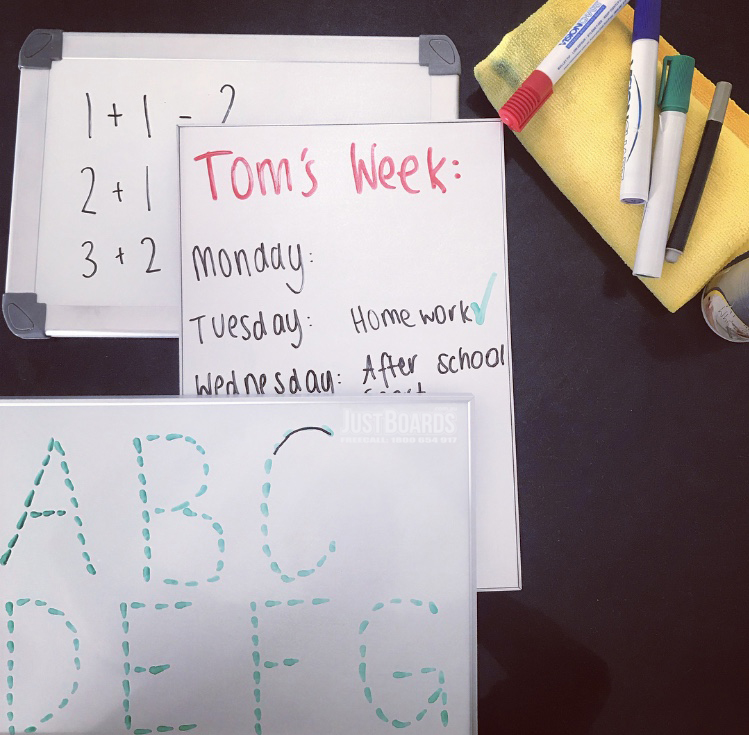 Wipe it clean and start again
Wipe it clean and start again
The great thing about using a mini-whiteboard is that you can make unlimited mistakes AND IT DOESN’T MATTER. You can just wipe it clean and start again – as many times as you want.
This allows the child to work with considerably less stress, reducing the potential for adverse reactions or angry meltdowns.
They’ll be more open to giving it a go if they don’t want to start, or finishing within a reasonable amount of time if they’re taking 2 hours to complete something that should take 30 minutes.
Why choose a JustBoards whiteboard?
JustBoards will help you find the best solutions. We offer Australia wide delivery to your door. Contact us today on 1800 654 917 or at info@justboards.com.au
